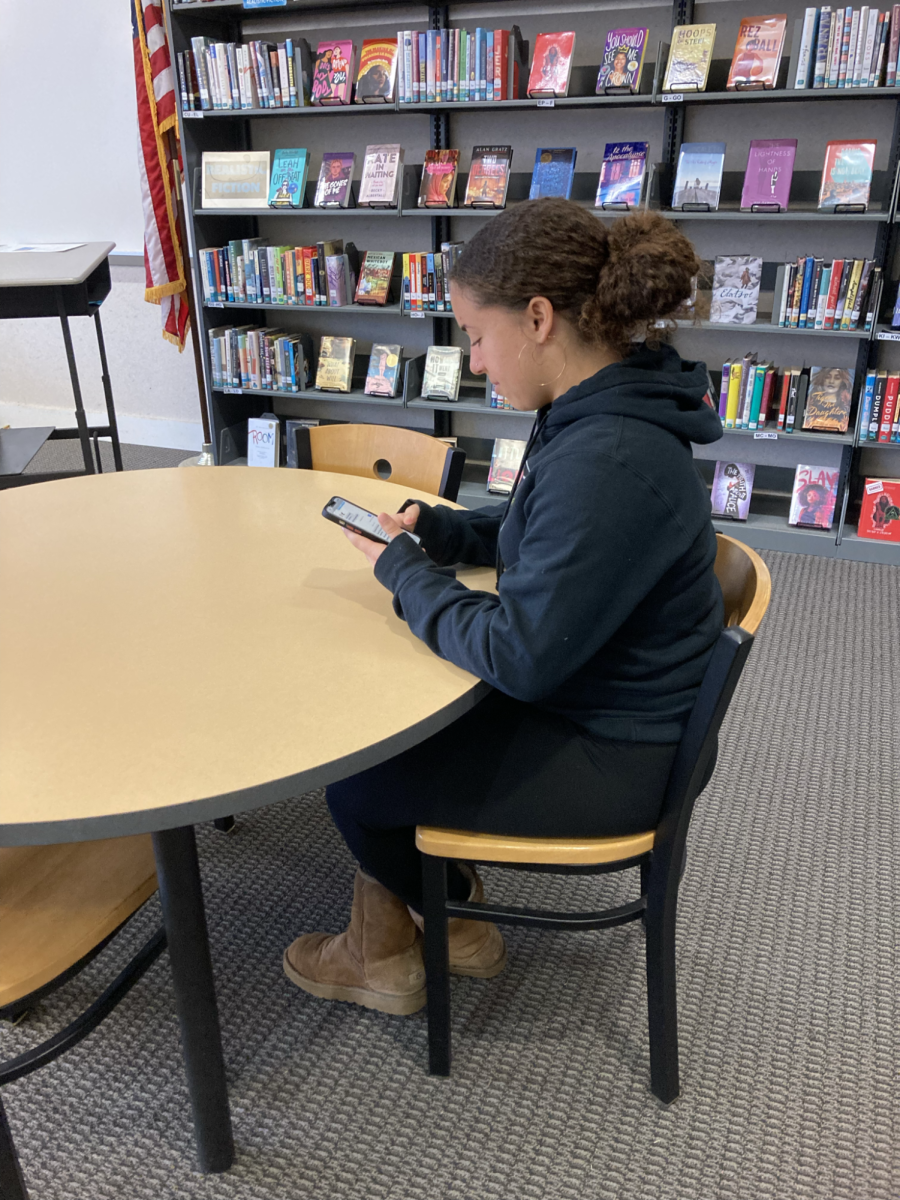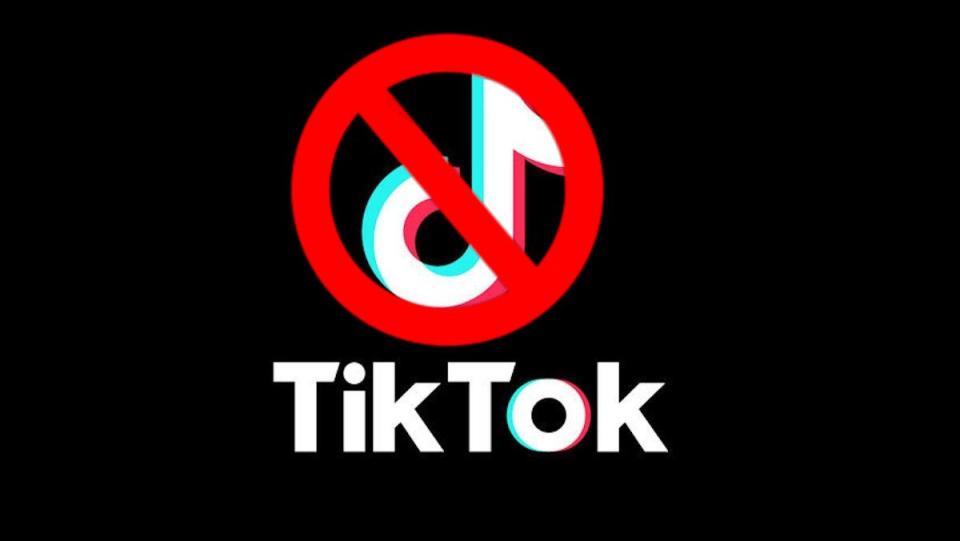CJ Healy has been teaching a health education class at San Rafael High School for over 20 years. At the beginning of this school year, SRHS added phone caddies to the classrooms. Students are required to put their phone inside a caddy pocket when they come into the room. Healy reports that when this new set-up is used, classmates interact. When they are allowed to take them back for the last part of class, they become absorbed in their screens.
“That’s not healthy for young people who are learning how to communicate and work with one another,” says Healy.
Sam Shapiro, former high school teacher and current Head of School at Marin Montessori, has also witnessed the impacts of screen usage at high schools. He states that before phones were this popular, when students got a break, they would interact – they’d talk, play with a hackysack, and develop relationships. Once they had phones, they’d use their breaks to check them instead of connecting with others.
Instead of removing this technology, we should change our societal standards regarding phones. Kids are currently expected to have a phone in middle school. It should be normalized for kids to not get a phone until high school. It would allow kids to develop social skills and “cultivate deep friendships,” as Jon Haidt, an NYU-Stern professor, says in “The Case for Phone-Free Schools.”
Today, there is more screen usage by babies and toddlers than there was a few decades ago. A study by Cureus found that “the age at which kids engage with media on a regular basis has fallen from four years in 1970 to four months in the present day.” Screen use at this age can hurt babies’ development and cause problems.
Screens hinder kids’ language development because it “reduces the amount and quality of interactions between children and their caregivers,” the study by Cureus finds. If babies don’t visually perceive talking, they won’t be able to learn the language as quickly. An article by CNN Health reports that “looking at people’s faces is when our brains turn on to figure out how to interact with them.” Screens take time away from interactions with actual people, impeding an irreplaceable route to learning and therefore putting babies’ development at risk.
A New York Times article finds that, “the more screen time babies were given, the more likely they were to show developmental delays.” This screen time is even influencing young children. Screens are supposed to help make our lives more efficient, but in reality they are holding many kids back. If our world keeps developing faster and faster, there will be slower and slower development in youth.
A survey by Nature shows that “patterns of media use are established early,” so if parents don’t restrict the screen use of their toddlers, there will often be unhealthy patterns in elementary school.
It is ridiculous for elementary schoolers to have a screen in their pocket that can give them a world without imagination and creativity.
“The release of control over a situation and learning how to just adapt to whatever environment you’re in as opposed to just having that environment be within a little computer in your pocket is actually related to mental health,” says Healy. They need to be able to develop without phones to establish hobbies and friendships. But, parents can have trouble waiting until high school to get their kids a phone because it’s normal for children to get them in middle school.
When I was in seventh grade, I felt like the odd one out because I didn’t have a phone. So many of my friends had them, and I was annoyed that my parents wouldn’t let me have a phone too. Halfway through seventh grade, they let me have one.
Even though I got a phone in middle school, I think that getting one at this time is still too soon. If parents don’t go along with the standard, but wait to get their kid a phone until they are older, they allow their child to create strong friendships and “self-reliance,” as Healy says.
Despite this help, kids can get angry at their parents for causing them to stand out. Parents should not be villainized by their children for doing good. If communities normalize getting a phone in high school instead of middle school, youth can feel these benefits of phone-free life without getting mad at their parents for causing them to be the odd one out.
If we don’t make these changes, there will be an increase in the number of youth who are addicted to their phones. In a podcast with Shapiro and Anna Lemke, the author of Dopamine Nation: Finding Balance in the Age of Indulgence, they talk about how kids are influenced by dopamine, a chemical that affects enjoyment and motivation. When someone is using their phone, there is a “dopamine rush,” because phones are designed to give rewards to users. This peak leads to a valley, or a “dopamine free fall.” Lee Chretien, SRHS teacher, describes phone use as: “If you press something, you get a reward.” The ceasing of this abundant reward can create an extreme low point.
So much dopamine in a daily pattern can lead us to become addicted. If we spend too much time on screens, Lemke explains that it can cause people to get a lower level of enjoyment from non-screen pastimes. Past hobbies can be lost and mental health problems can be established.
There are certain scenarios in which screen time before high school is helpful. A review by South African Journal of Communication Disorders finds that “screen time may increase vocabulary and language production skills in two-and-a-half-year-old children.” This could be good, but face to face interaction is even more beneficial, as it’s more realistic and two-sided.
The article by CNN Health reports that “kids learn how to talk if they’re encouraged to talk, and very often, if they’re just watching a screen, they’re not having an opportunity to practice talking.” If kids hear words, but don’t use them, how can their language skills actually improve? They need to have real human communication to actually expand speaking skills.
People want to easily be able to communicate with their kids, and assume that phones are the only things that can give them this access. While they can grant this communication, Shapiro states that this is not the best choice for kids. Just because it’s the popular way doesn’t mean it’s the beneficial way – many companies have made devices like watches or phones that don’t allow use of the internet, which can give kids a way to reach their parents.
The study by Cureus states that “The amount of screen time parents and kids watch is closely associated…If parents watch television for more than four hours every day, their sons and daughters will, respectively, have a 10.5-fold and a three-fold increased likelihood of doing the same.” There is so much unhealthy screen use, but if they see their parents having a balanced relationship with screens, they can have this example rooted in them. Lemke talks about how parents can influence their kids’ lives. Parents creating and implementing these healthy habits at home helps set kids up for successful patterns with screens later in life.
There are many healthy routines that parents are able to establish. Lemke suggests a “digital Sabbath,” which is described as a day with no screens. This can cause us to “divert some of that energy that we are putting into this virtual world and reinvest it in our family life” to “create a richness of experience,” Lemke states in her podcast.
Schools are doing things to help students battle bad effects of screens during the school day. Haidt explains many ways schools can help, like phone caddies, locked phone bags, and phone lockers.
“In New South Wales, Australia, the use of mobile phones has been banned in elementary schools and will soon be banned in high schools,” Haidt states. Other places are trying to get a handle on this problem, and our communities should too. Schools and the home are good areas to start these healthy habits.
The leaders of Marin Montessori have seen these issues, and are urging students’ parents to not get their children phones until high school. Shapiro sees that this must be a community effort. If there are only a couple kids without phones, and the rest have them, the ones without phones will be left out. If it’s a whole community effort, they can make a safer environment for all the kids there.
“The biggest predictor of anyone’s happiness and wellbeing and even how long they’re going to live is the quality of their social relationships, their human connections… we really need human connections to not just thrive, but even survive,” says Shapiro.








































Nick Burdick • Jan 17, 2024 at 8:48 am
Great writing, Hannah. I wouldn’t have guessed this was written by a high school student, it reads like a professional op-ed.